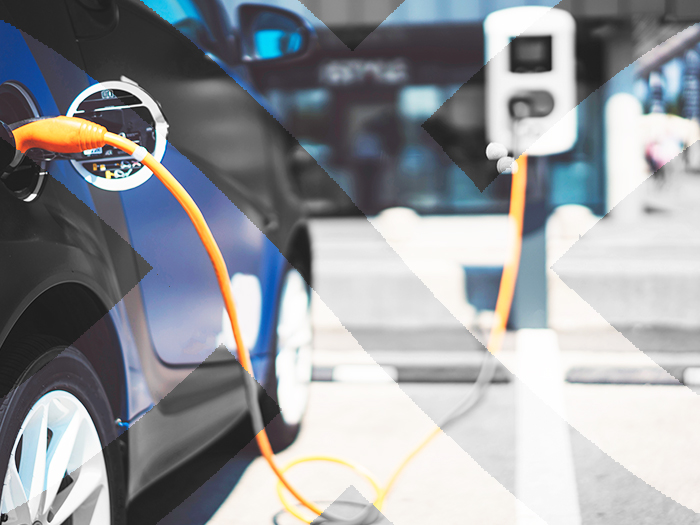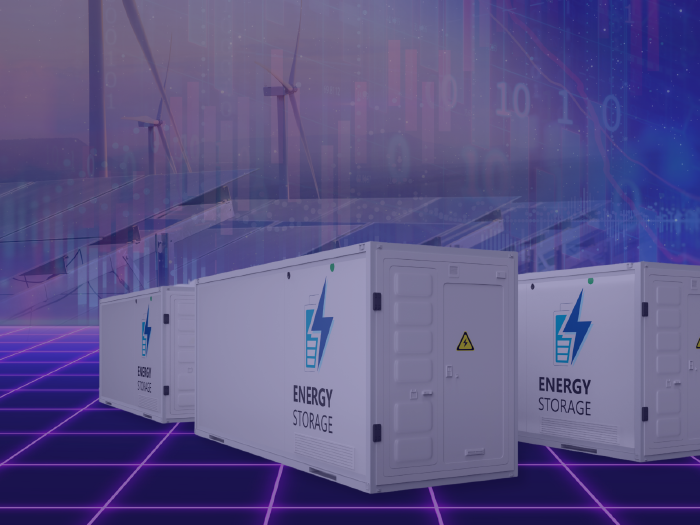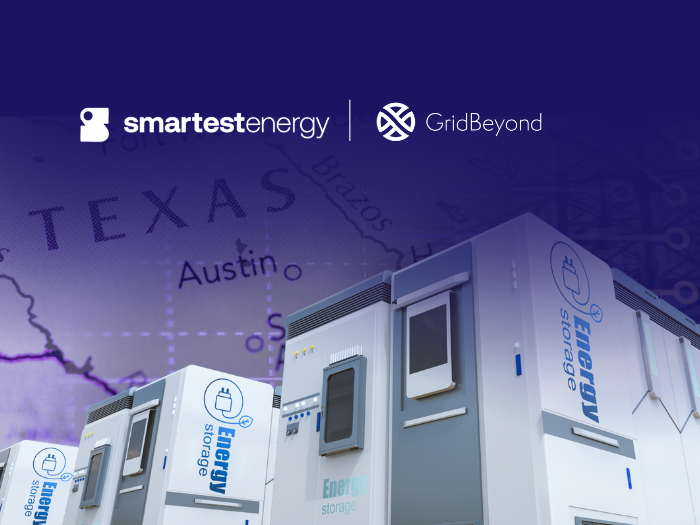News
better business decisions
Posted 4 years ago | 3 minute read

Ofgem sets out priorities for EV revolution
The energy regulator, Ofgem, has launched an electric vehicle (EV) strategy, that includes plans for the wider adoption of smart charging and vehicle-to-grid (V2G) technology.
Published on 4 September, the report highlights the need for infrastructure and technology to be put in place for the rapidly growing number of EVs on the road, with an expected 14mn by 2030. To support this, Ofgem has outlined four priority areas to advance the EV transition. These include
- ensuring the network is prepared for EV adoption through infrastructure investment and making connections to the energy network easier. Ofgem is proposing to bring down costs for large users, such as electric vehicle charging stations, of connecting to the grid where reinforcement is required
- enabling the rapid development and uptake of smart charging and V2G technology. Ofgem said exporting electricity through V2G technologies, if combined with an uptake of smart charging, could reduce peak demand equivalent to the generation capacity of up to ten large nuclear power stations, reducing the overall cost of running the electricity system and helping keep bills lower for all consumers
- supporting consumer participation and ensuring consumer protections keep up with technological and business model change. Ofgem will work with energy suppliers and innovators to make sure there are a range of products, services and tariffs for UK energy consumers to take advantage of.
Co-Founder and Chief Executive at GridBeyond, Michael Phelan, said:
“EVs are expected to revolutionise the way we use energy and provide consumers with new opportunities to engage in the energy market through smart charging and vehicle-to-grid technologies. The biggest challenges for the grid with the rise of EVs are around demand volume and time of charging.
“Price dynamics are already creating an opportunity for EV owners. We are helping our customers by finding the optimal tariffs to reduce their charging costs. By automating their systems to charge only when the electricity price has fallen to a given level, we are helping to reduce costs. By going beyond optimisation and enabling bi-directional V2G charging, these customers could send electricity back to the grid at times of peak demand. This creates a new revenue stream, by providing flexibility services when the price is right.”
Webinar: How green are EVs, and how a site battery can help you reach your net zero goals?
16th September 2021
11:00 – 12:00 (BST)
For this webinar, Shawn Duckett, GridBeyond Regional Director, will be joined by two Guest Speakers: Nigel Dent, Head of Sales at Connected Energy, and Thomas Jalili Tanha, Doctoral Researcher at Lancaster University.






